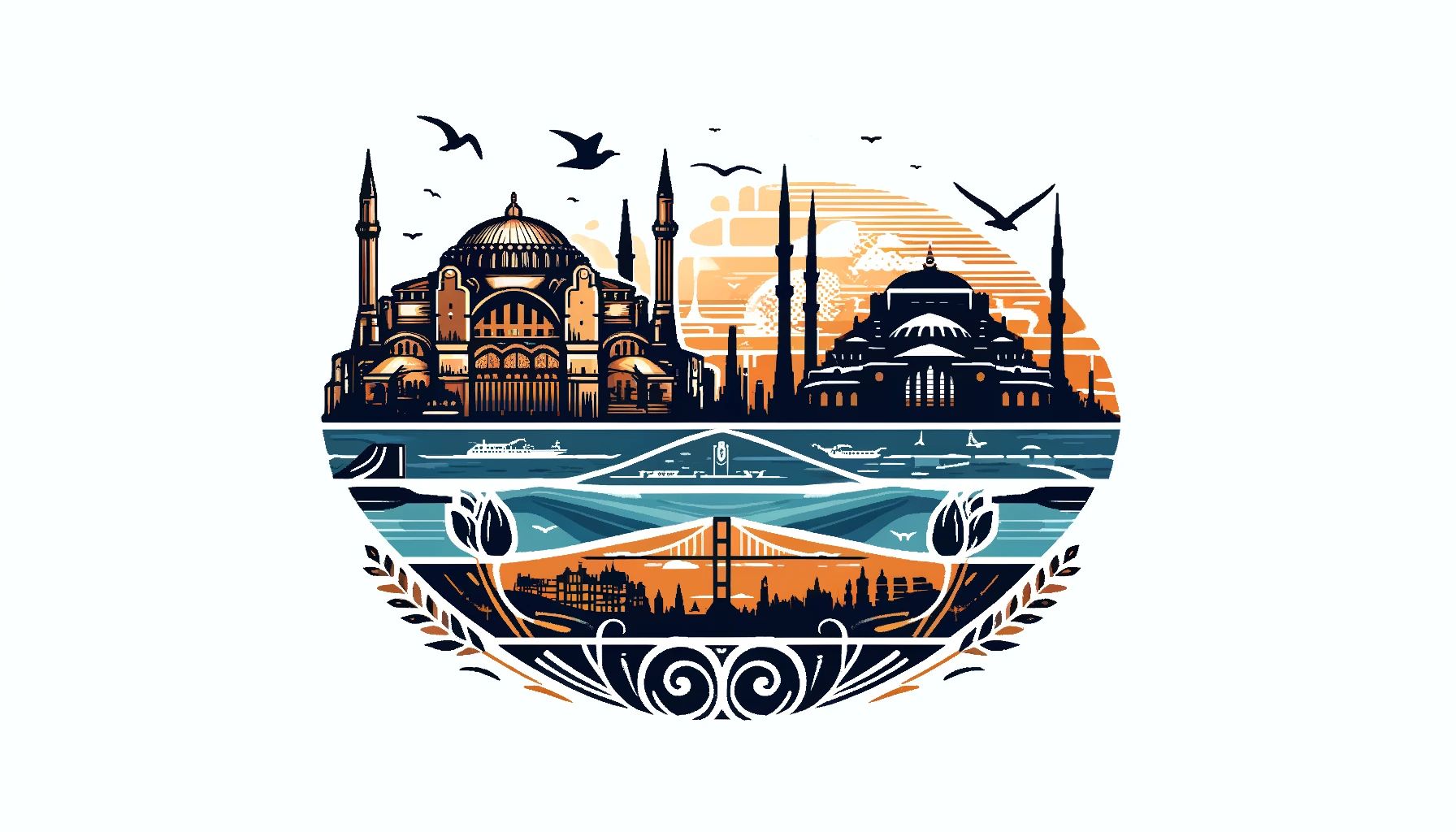Dolmabahce Palace is an impressive 19th-century palace that originally served as the main office and residence for the Ottoman Empire. This palace is a beautiful amalgamation of Ottoman, Baroque, and Neoclassical architecture. With more than 285 rooms, 46 large halls, 6 Turkish baths, and expansive gardens, Dolmabahce Palace is recognized as one of the largest palaces in the world, offering incredible views of the Bosphorus Strait.
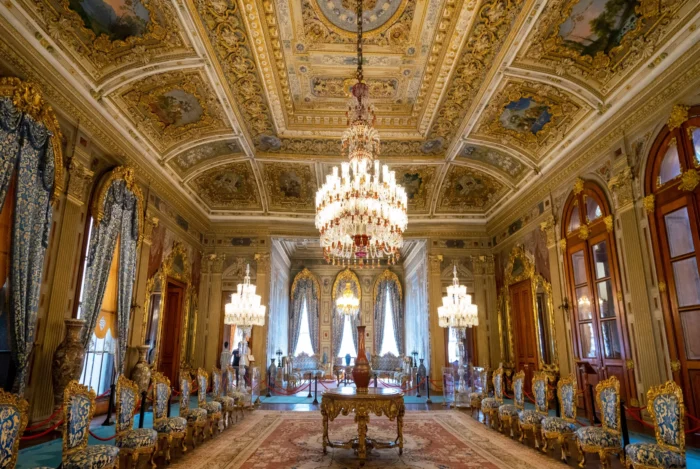
Medhal Hall serves as the grand main entryway to Dolmabahce Palace. Visitors are greeted by an impressive staircase, exquisite ceilings, and shining crystal lighting fixtures designed to awe anyone who enters.
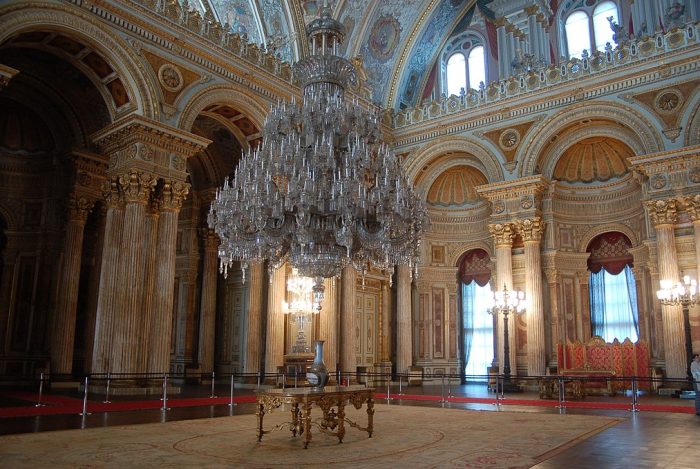
The Muayede Hall, or Ceremonial Hall, is celebrated for its opulent decorations including sparkling lights, gold columns, and intricate marble designs. This hall has hosted numerous significant events in Turkish history.
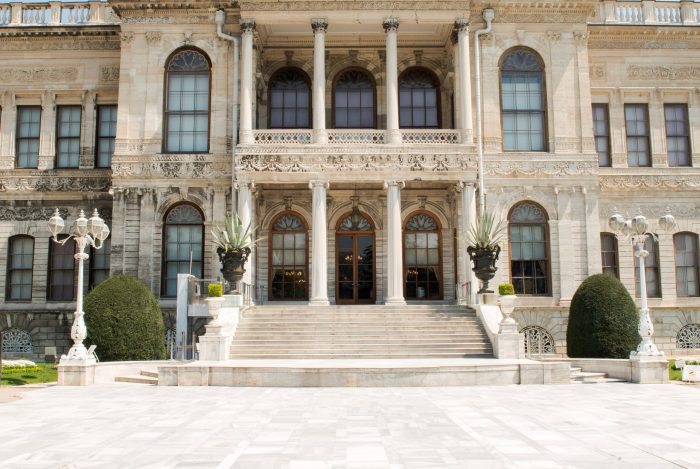
The Imperial Suite, or Mabeyn-i Humayun, was the private daily living space of the Sultan. It features luxurious ceilings and elaborately designed marble floors, reflecting the affluence of the Ottoman era.
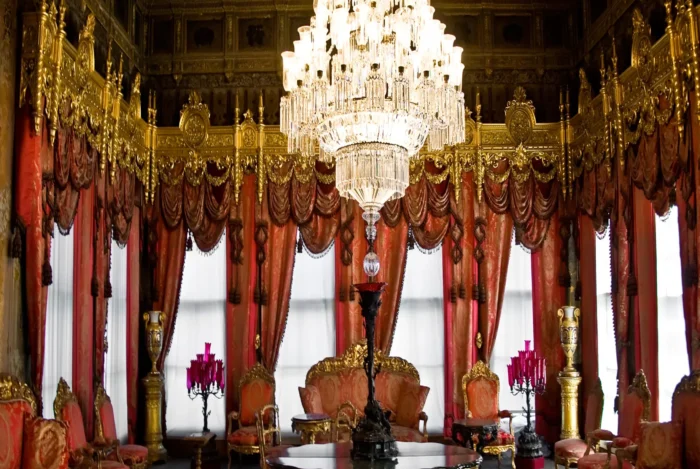
Decorated in rich red and gold, the Red Room was used for special meetings. It boasts a large glass light fixture and detailed ceiling designs, highlighting the palace's historical significance.
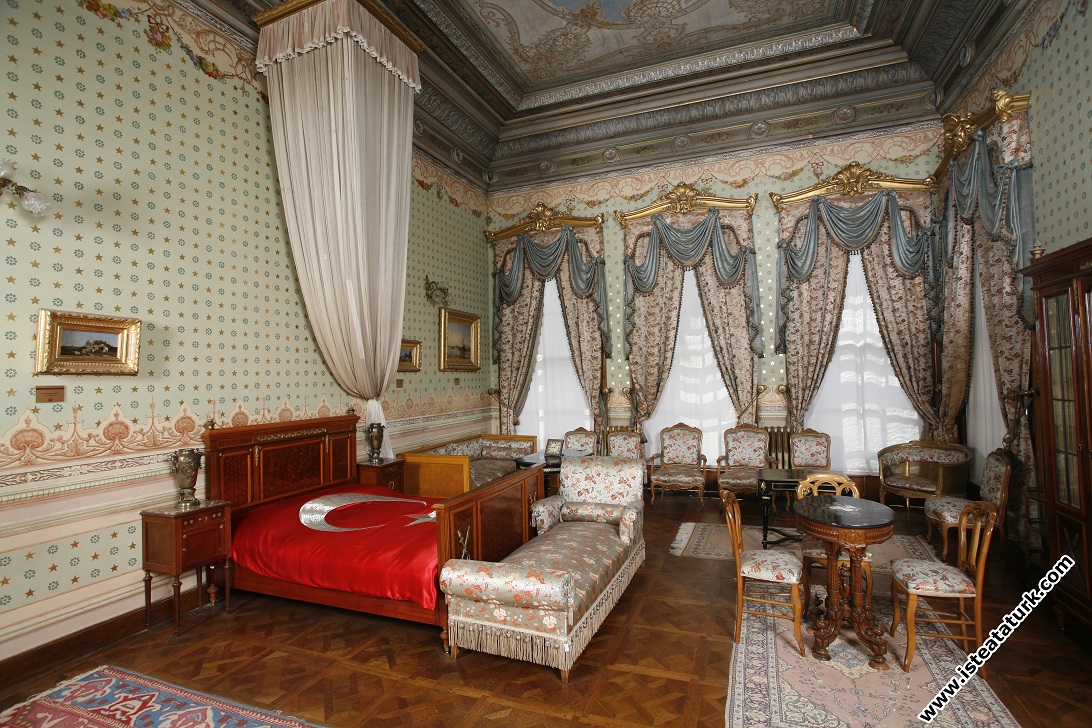
Ataturk's Room is preserved as it was when Mustafa Kemal Atatürk, the founder of modern Turkey, used it during his stays in Istanbul. It contains personal items such as his books and clothing, offering a glimpse into his life.
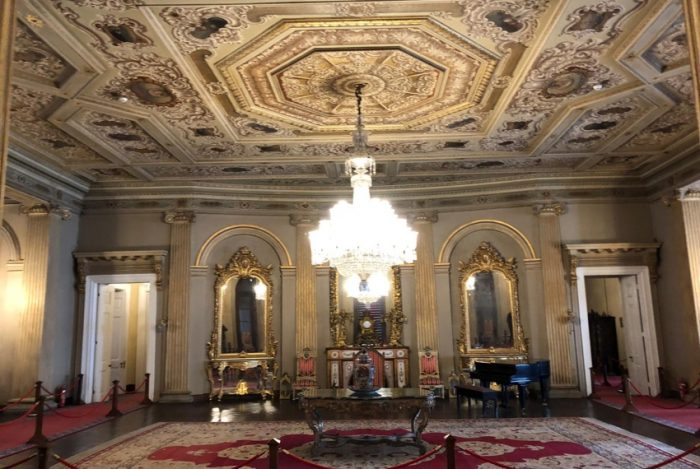
Known as the Sufera Salon, or Blue Hall, this area was used for the Sultan's important receptions. It is adorned with elegant blue and white tiles, stunning lighting, and gold accents, making it a highlight of the palace.
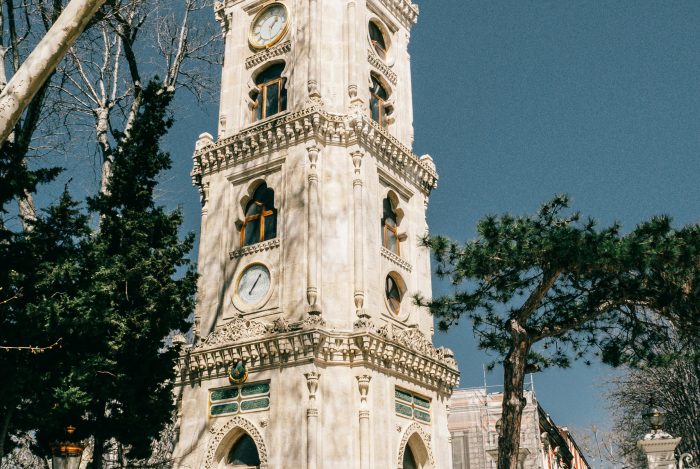
The Clock Tower at Dolmabahce Palace features a beautifully carved face and offers visitors the opportunity to climb to the top for spectacular views of the surrounding area.
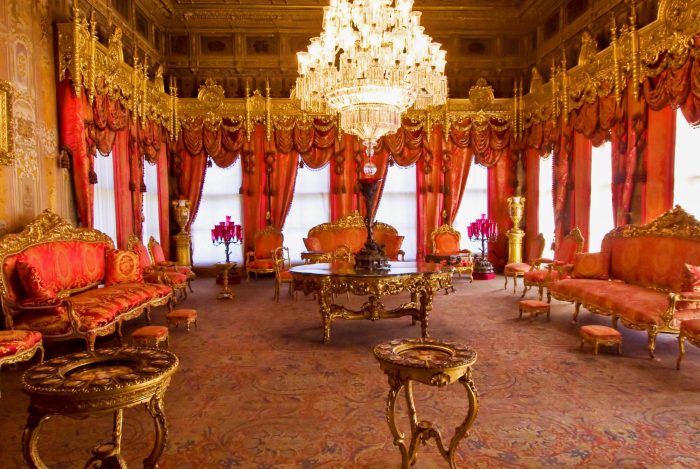
The Harem area provides insight into the private lives of the Ottoman royals, including the Sultan’s personal rooms, the queen mother's apartments, and the quarters for the concubines.
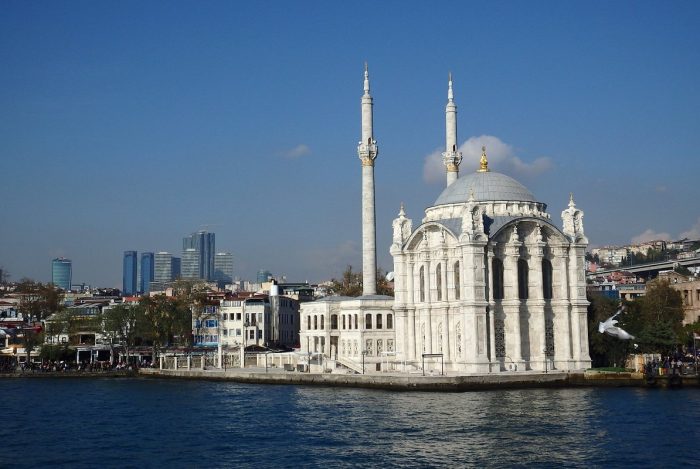
Constructed in the mid-19th century, the Dolmabahce Mosque rivals the grandeur of the nearby Blue Mosque, with a blend of Ottoman and Baroque architectural styles.
Comfortable Shoes: Given the size of the palace, wearing comfortable shoes is recommended due to the extensive walking required.
Taking Pictures: Photography is permitted in the palace, though some restricted areas might prohibit it.
Appropriate Attire: Visitors should wear clothing that covers shoulders and knees in respect to the palace’s rules.
Guided Tours: To enhance the visiting experience, joining a guided tour is advisable for a deeper understanding of the palace’s history and architecture.
Hydration: Visitors should bring their own water bottles as there are no water fountains inside.
Additional Fees: Access to certain parts of the palace, such as the Clock Museum and the Harem, requires an additional fee. Be sure to check these costs when purchasing tickets.
At Dolmabahce Palace, visitors can explore numerous stunning rooms and halls that showcase the opulence of the Ottoman era. Highlights include Medhal Hall, Red Room, and Blue Hall, each uniquely styled and meticulously preserved.
Yes, entry to Dolmabahce Palace requires a ticket. Purchasing tickets online in advance is recommended to avoid long lines and to secure an audio guide for a self-paced tour.
Guided tours are available at Dolmabahce Palace. It is advisable to book in advance to ensure availability.
Don’t miss the Muayede Hall, the grand Medhal Hall, and the private Harem area. The Crystal Staircase and the Blue Hall are also must-sees for their breathtaking beauty and intricate details.
No, visiting Dolmabahce Palace is not free. Tickets must be purchased, and it is advisable to buy them online for convenience.
Dolmabahce Palace is one of the largest palaces in the world, covering approximately 11 acres and featuring 285 rooms, 46 halls, and 6 baths.
Photography is allowed in most parts of Dolmabahce Palace for personal use, but be mindful of signs that may restrict photography in specific areas.
Most areas of Dolmabahce Palace are accessible to wheelchair users, though some older parts may have accessibility limitations due to stairs or uneven surfaces.
Absolutely, Dolmabahce Palace is well worth the visit for its stunning architecture, historical significance, and beautifully maintained gardens.
Dolmabahce Palace is situated on the European side of Istanbul, Turkey, along the shores of the Bosphorus Strait in the Besiktas district. It is easily accessible by public transport. Look up the directions.
Definitely! Hagia Sophia is a cornerstone of Istanbul’s historical and cultural identity, offering visitors a deep dive into the intersection of history, art, and religion. It’s a must-visit for anyone travelling to Istanbul.
